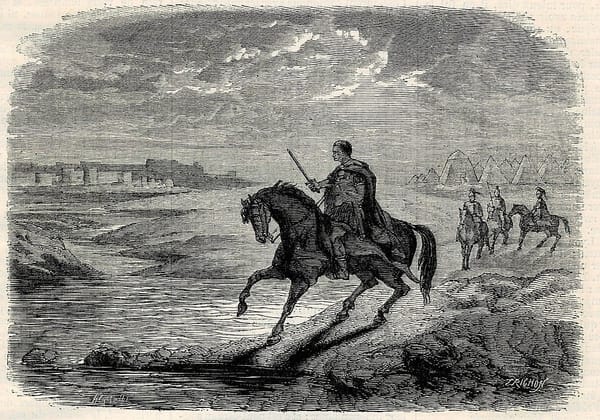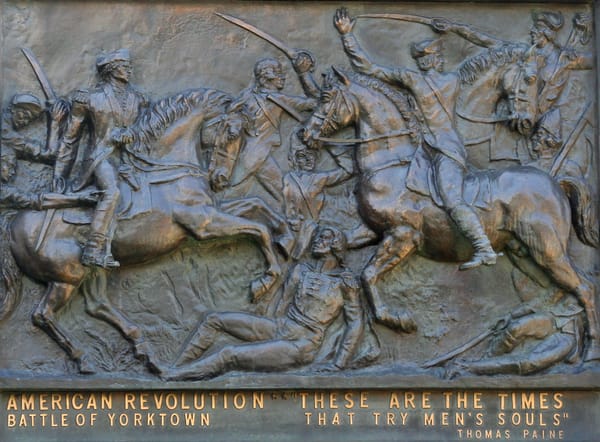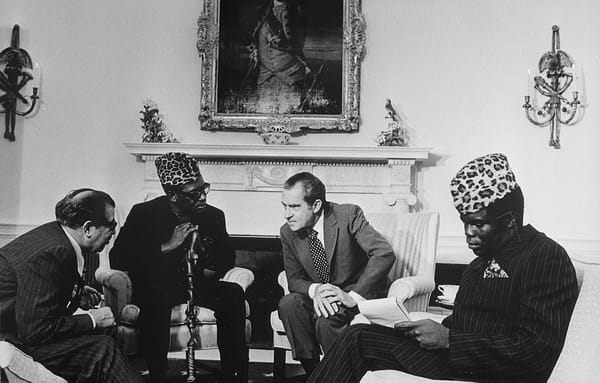Expand the Court for Democracy

Senate Republicans blocked President Barack Obama’s nominee to the Supreme Court for almost a year in 2016. After Justice Ruth Bader Ginsburg died, Republicans pushed through the confirmation process for Amy Coney Barrett after voting in the 2020 election had already begun. In the very likely event that Amy Coney Barrett is confirmed to the Supreme Court, she will lock in a 6-3 right wing majority which will likely last for decades, with the extremely conservative Neil Gorsuch as the swing vote.
In response to these aggressive norm violations, Democrats have begun to discuss the possibility of expanding the Supreme Court, and adding enough justices (say, 4-8) to create a Democratic majority. Response from conservatives and some centrists has been apoplectic. Henry Olsen in the Washington Post warned that “Packing the Court would de facto end the independence of the American judiciary.” Charles C.W. Cooke at conservative magazine The National Review raged that expanding the Court would be “tyranny” and got more heated from there, declaring that “It is almost impossible to convey in words the monstrous enormity of what is being proposed.”
The basic argument here is that expanding the Court would undermine the rule of law and democracy. But this is the opposite of the truth. Congress has two clear choices at the moment. It can expand the Court. Or it can allow the Court to gut voting rights, and effectively turn the United States into a one party authoritarian state, in which Black people, people of color, and poor people are excluded from the franchise. A United States under a 6-3 conservative Court is a nation in which a minority of wealthy white people impose their policy preferences on the majority.
Those who argue against Court expansion insist that the Court is nonpolitical and that it must be allowed to operate independently of Congressional interference if we are to preserve democracy. But if you look at Court decisions, it is clear that the conservative justices have clear political preferences. It’s also clear that those preferences include disenfranchising their political opponents.
The most egregious example of conservatives circumventing the will of voters to establish Republican power is the notorious 2000 case of Bush v. Gore. Faced with a virtual tie in the 2000 Presidential election, the conservative Supreme Court majority simply halted recount efforts and handed the election to the Republican. When challenged about the decision in later years, Justice Antonin Scalia repeatedly sneered at critics to “get over it.” In doing so, he implicitly acknowledged that the decision was not based on legal reasoning, but on straightforward partisan preference. As a conservative Republican, he had used his power to disenfranchise Democratic voters, and the losers just had to suck it up.
Conservative justices would like the public to believe that Bush v. Gore was a one-off aberration—the Court itself told lower courts not to cite it. But conservative Supreme Court jurisprudence has been animated, consistently, by a guiding principle that Democrats have no voting rights that judges need to respect.
John Roberts, the current Chief Justice of the Supreme Court, has spent virtually his entire career working to destroy the Voting Rights Act which secured Black voters the right to the franchise and arguably ended Jim Crow. Roberts, along with a conservative majority, finally repealed key provisions of the act in 2013, allowing affected Southern states to restrict voting rights without federal oversight.
The result was predicted and predictable. Republican state governments in the South began to erect barriers designed to prevent Black voters from casting ballots and exercising political power.
As soon as the law was repealed, Texas and North Carolina passed restrictive voter ID laws. The North Carolina law was so obviously racist it was later struck down—but if the VRA were in effect, it could never have been passed in the first place. States covered by the VRA shut down 1688 polling places between 2012 and 2018. In Georgia in 2018, Republican Secretary of State Brian Kemp, running to be Governor of the state, purged 500,000 voters and froze 53,000 voter applications, actions which the VRA would have prevented. Kemp’s voter suppression efforts are probably what allowed him to narrowly win the election.
The conservative Court claimed that it was abolishing the VRA because protections or Black voters were no longer necessary. Or, to put it another way, the Roberts Court believed that the freedom of white Republican governments to restrict voting rights was more important than the rights of Black voters to the ballot.
You see the same logic in the Supreme Court’s approach to partisan gerrymandering. The conservative majority, including Roberts, Gorsuch, Kavanaugh, Alito,and Thomas refused to strike down an extreme Republican gerrymander locking in Republican state legislative majorities in North Carolina, and a relatively rare Democratic gerrymander in Maryland. (Democrats are less likely to use extreme gerrymanders because Democratic voters are more likely to be in denser, urban areas, and so advantageous redistricting is more difficult.) Thomas Wolf of the Brennan Center characterized the decision as “a stunning abdication of the Court’s responsibility to protect voters’ constitutional rights.”
But it’s not really stunning, because conservative justices consistently show that they don’t believe they should protect voters’ rights at all. The Supreme Court, now with a 5-3 conservative majority, reiterated this (lack of) principle again when it allowed the Trump administration to end the census count early, facilitating the undercount of minority Democratic voters and helping the administration try to entrench Republican political power for the next ten years.
Republican political positions—eliminating healthcare, eliminating abortion, refusing to provide aid during a massive pandemic—are extremely unpopular. The GOP has been able to retain power in large part by disenfranchising voters and by relying on structural advantages in the electoral college and Senate. They have also used their strength in the Senate to stack the Courts with partisans—especially the Supreme Court.
With a 6-3 majority, the Court can now continue and expand its work of disenfranchisement, thwarting Democratic efforts to make voting easier, and to defend the rights of Black voters, poor voters, and voters of color. The Court can strike down any and all Democratic reform efforts, and protect Republican tactics of disenfranchisement. In extreme cases, it can even simply hand disputed elections to Republicans, as it did in Bush v. Gore—a case litigated for Republicans by three of the justices on the coming 6-3 Court, including Barrett.
A Supreme Court that does not protect voting rights— a Supreme Court that aids one party’s efforts to subvert popular will through disenfranchisement—is, to put it mildly, a threat to democracy. There is nothing sacred about the number of seats on the Court. The United States did not fall when there were fewer than 9, and it will not fall if there are more. But without the right to vote, there is no democracy. The Republican party, and their loyal conservative justices, are poised to destroy the right to voting and representation on which the American experiment is based. All those who believe in democracy have a moral duty to stop them.
Featured Image is Panorama of the west facade of United States Supreme Court Building at dusk in Washington, D.C., USA., by Joe Ravi




